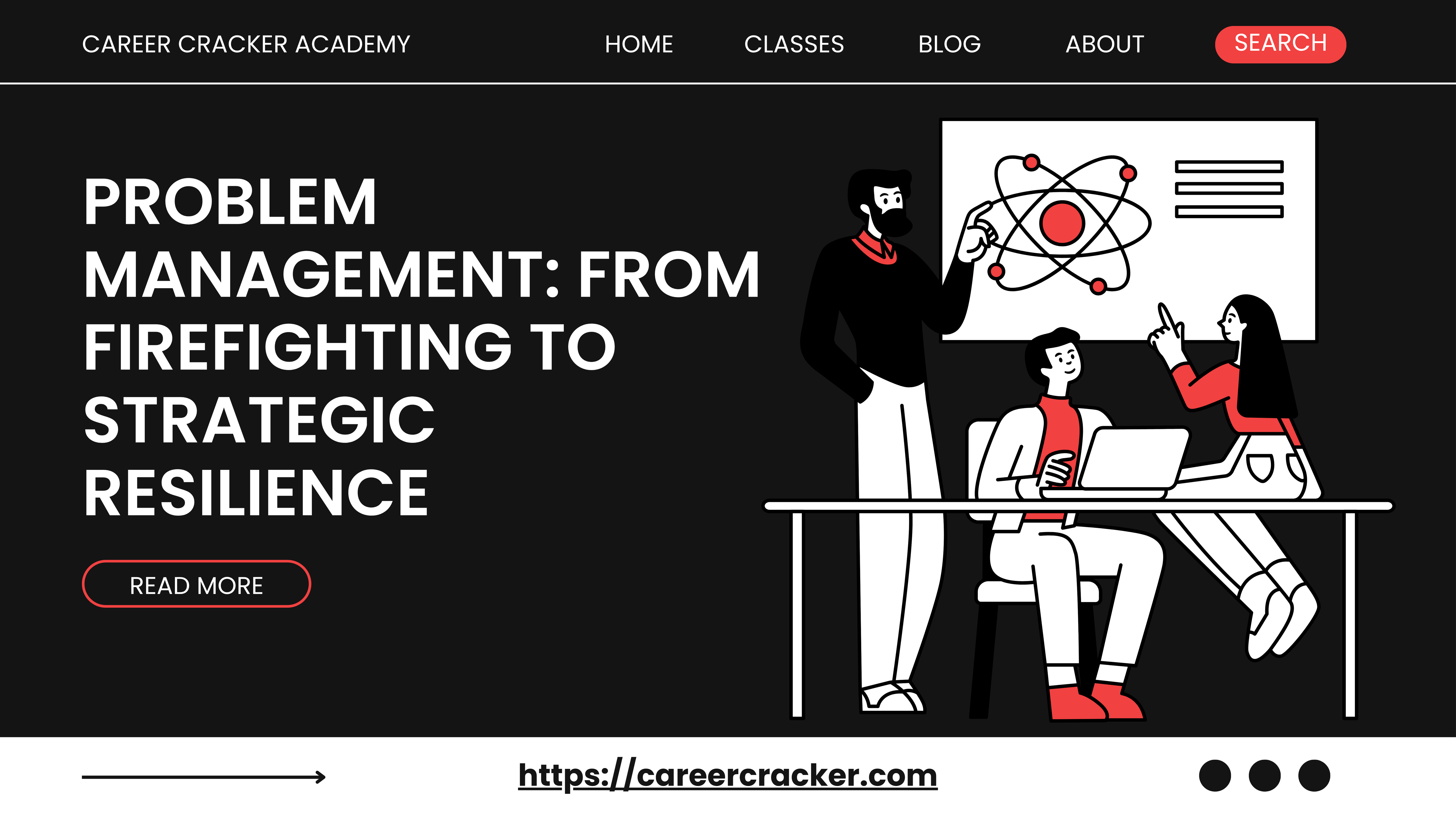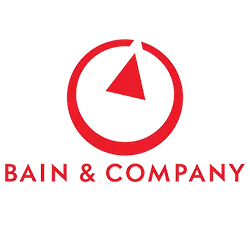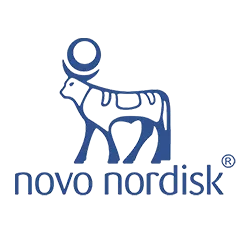
Problem Management: From Firefighting to Strategic Resilience
Introduction
Recurring incidents waste time, money, and trust. While Incident Management focuses on quick restoration of service, Problem Management addresses the underlying causes of those incidents to prevent recurrence. Rooted in ITIL principles, this guide outlines best practices to identify, analyze, and resolve problems effectively, thereby improving long-term service quality and stability.
1. Detect and Log Problems Promptly
-
Reactive detection involves identifying problems from repeated or significant incidents. For example, if a server crashes multiple times, it should be logged as a problem.
-
Proactive detection uses trend analysis, event correlation, and monitoring data to identify problems before they impact users.
-
Logs should capture key details like timestamps, affected configuration items (CIs), related incident references, and initial impact assessments.
2. Classify, Prioritize, and Assign
-
Problems should be categorized by technical domain (e.g., network, application, database) and assessed for business impact and urgency to determine priority.
-
Assign a Problem Owner or Problem Coordinator who is responsible for driving the problem through its lifecycle.
-
Ensure that categorization aligns with CMDB data and existing incident taxonomies for effective linkage and reporting.
3. Investigate and Diagnose (Problem Control)
-
Use structured Root Cause Analysis (RCA) methods such as the 5 Whys, Fishbone (Ishikawa) Diagram, Kepner-Tregoe, or Rapid Problem Resolution (RPR) for investigation.
-
Refer to the Known Error Database (KEDB) to check for previously identified root causes or available workarounds.
-
In complex cases, assemble a Problem Solving Group with cross-functional expertise to drive RCA and define corrective actions.
4. Develop Workarounds and Create Known Error Records
-
If a permanent fix is not immediately available, define and document a workaround to mitigate the impact of the problem.
-
Log a Known Error Record in the KEDB to provide quick guidance to the Service Desk and support teams in handling future incidents related to this problem.
-
Keep workarounds clearly documented with step-by-step guidance and known limitations.
5. Implement Permanent Resolution (Error Control)
-
Once root cause is confirmed, route the fix through the Change Management process to ensure it is tested, reviewed, and safely deployed.
-
Monitor the resolution for effectiveness and ensure that related incidents are resolved or updated accordingly.
-
After successful implementation, update the KEDB, mark the problem record as resolved, and close it with documented evidence.
6. Conduct Major Problem Reviews and Enable Continuous Improvement
-
For high-impact or recurring problems, conduct a Major Problem Review to analyze the handling process, effectiveness of actions, communication, and lessons learned.
-
Use findings to refine processes, update documentation, and share knowledge across teams.
-
Feed lessons into training programs and problem resolution workflows to continuously improve the process.
7. Embed Proactive Problem Management
-
Regularly review incident trends, monitoring alerts, and end-user feedback to identify new potential problems before they escalate.
-
Promote a culture of collaboration and learning that encourages early problem identification and shared ownership of service quality.
-
Maintain a robust and searchable KEDB that is accessible to Service Desk, operations, and engineering teams.
8. Define Clear Roles and Foster Accountability
-
The Problem Manager oversees the end-to-end process, ensures consistency, tracks metrics, and maintains the KEDB.
-
Problem Coordinators lead investigations and coordinate resources needed for resolution.
-
Collaborate with change managers, incident handlers, and subject-matter experts to drive holistic resolution efforts.
Typical ITIL Problem Management Lifecycle
|
Phase |
Activities |
|---|---|
|
Detection and Logging |
Identify problems via trends or incidents and log all relevant details |
|
Classification and Prioritization |
Categorize by type, determine impact and urgency, and assign ownership |
|
Investigation and Diagnosis |
Conduct RCA using structured methods and refer to KEDB |
|
Workaround and Known Error Entry |
Provide interim relief and record known errors for future reference |
|
Resolution and Error Control |
Develop and implement permanent fixes via change process |
|
Closure and Review |
Close problem records and conduct Major Problem Reviews if needed |
Benefits of Effective Problem Management
-
Reduces recurring incidents, saving operational time and cost
-
Improves service stability, leading to higher customer and user satisfaction
-
Strengthens knowledge retention, especially through well-maintained KEDB
-
Enables proactive risk mitigation, reducing the likelihood of critical incidents
Best Practices Summary
-
Always distinguish between incidents and problems in your tracking systems
-
Use structured RCA methods to ensure thorough investigations
-
Leverage and maintain a centralized Known Error Database
-
Assign clear roles and responsibilities for each stage of the problem lifecycle
-
Conduct regular reviews and audits to identify process gaps
-
Automate pattern detection and link problems to incidents and changes
-
Make your environment knowledge-driven and continuous-improvement focused
Conclusion
By embedding a strong Problem Management process into your ITSM framework, your organization moves from reactive firefighting to proactive resilience. ITIL-aligned problem handling not only reduces the frequency and impact of incidents but also creates a more stable, reliable, and cost-effective IT environment. Consistency, root cause analysis, collaboration, and continuous learning are the cornerstones of lasting success.
Hiring Partners










































